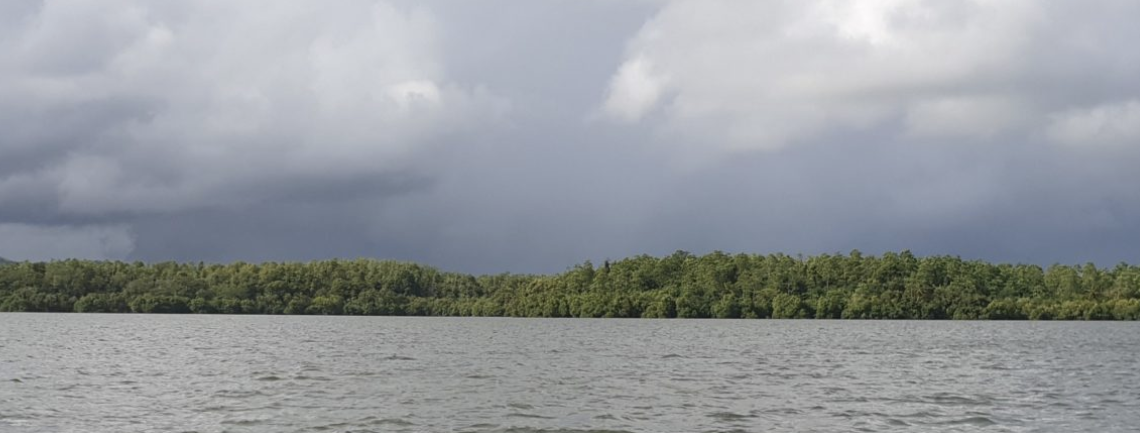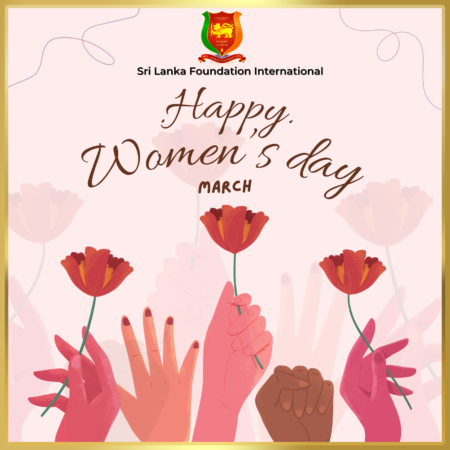About 140 kilometers (87 miles) south of Colombo, the Sri Lankan capital, lies the coastal town of Koggala, named after a picturesque lake and identified with author Martin Wickremasinghe, who lived there and wrote his famous children’s novel Madol Doowa (The Island of Mangroves) after one of the eight ecologically rich islets that dot the estuary lagoon.
Koggala and neighboring Unawatuna, one of Sri Lanka’s most popular tourist destinations, had for decades experienced significant environmental destruction: from sand extraction to mangrove clearance to reef destruction — all resources on which the local communities were highly dependent.
Then the Boxing Day tsunami of 2004 struck, destroying lives and property on a scale that the Indian Ocean island had never before experienced. The tsunami also left a single powerful lesson behind: those who lived behind the lush vegetation of mangrove swamps were better shielded against the ferocious waves.
As part of the post-tsunami recovery, new mangrove regeneration and conservation efforts were carried out along the more ravaged areas of the southern coast. In Galle district, where Koggala and Unawatuna are located, a multi-stakeholder approach was adopted with public-private partnerships to drive replanting efforts.
Long after the NGOs and the government moved on, however, it’s the local community that’s responsible for the success of the “mangrove green belt” that’s sprouted up along the southern coast today, locals say.
One of these community members is Thilakaratne de Silva, 63, a fisherman who saw the wave sweep half of his home village of Akurala out to the sea on that fateful Dec. 26, 2004. Months later, once the rubble had been cleared away and new initiatives introduced to strengthen coastal natural buffers, he was among the first to engage in the replanting of mangroves.
“I began to respect what nature had endowed on us,” he told Mongabay. “For long, the value of mangrove forests was socioeconomic. Even their beauty was monetized: for cheap tourism. But now we know, it saves lives; it has.”
Half of Sri Lanka’s 1,620-kilometer (1,000-mile) coastline suffered the ravages of the tsunami, and a vast number of mangrove replanting initiatives were focused here. Over the years, the communities have sustained those original efforts — although success on the ground has been sketchy for the most part.











![TV-Poster-All-Exhibition-Sri-Lanka-in-Focus-USA-2025[1]](https://www.srilankafoundation.org/wp-content/uploads/2025/04/TV-Poster-All-Exhibition-Sri-Lanka-in-Focus-USA-20251-450x450.jpg)










